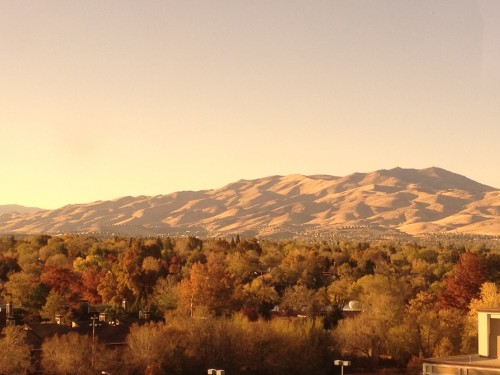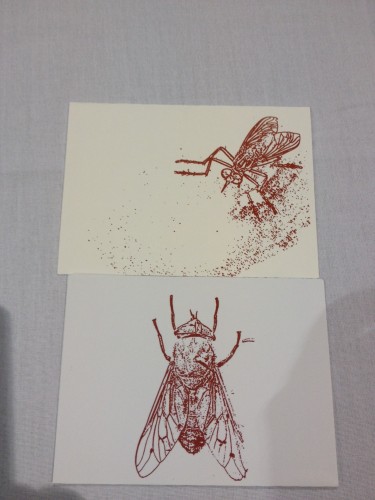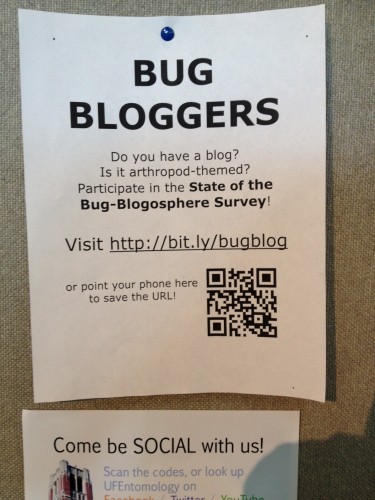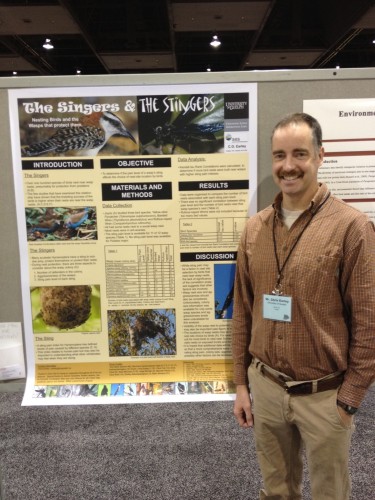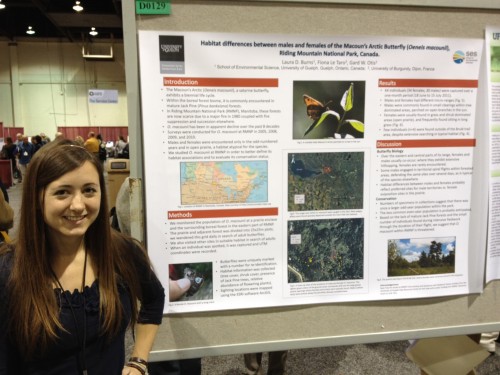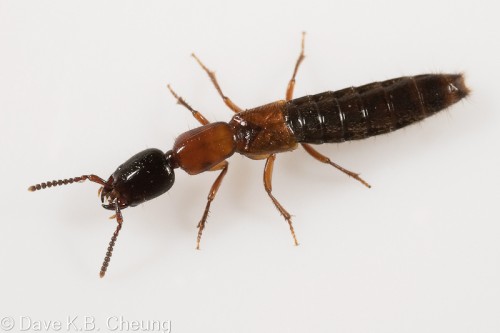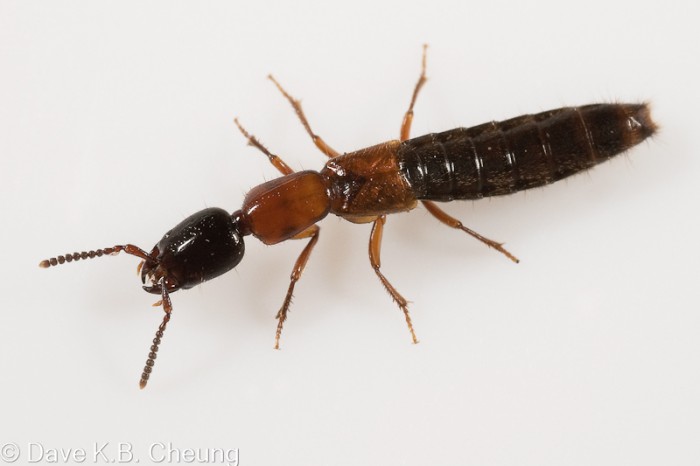Today was a bit of an oddity for a large meeting; the morning was chalk full of talks and poster presentations, but absolutely no scientific content all afternoon, but rather full of societal business meetings. This means I ran around like mad all morning and then sat on my hands all afternoon, so it’ll be a bit of a light review today.
As I mentioned, all of the student talks were this morning in order for the President’s Prizes to be awarded this evening. I ended up sitting in on 9 or 10 talks as well as exploring the poster session, so I was able to get a pretty good feel for the level of proficiency displayed, and was it ever high! I don’t think I went to a single talk or saw a single poster which I wasn’t inspired or awed by! Everyone seems to be doing fantastic research, whether revising Neotropical cicada taxonomy, studying the evolution of eusociality in carpenter bees, or exploring the relationships of Australian horse flies, every talk I sat in on had me entertained and curious about the hypotheses they were working on! Not only were the talks well presented, but the slides were well designed, and the research given in an understandable medium, immersing the audience in the project at hand. There was even a student describing the puparium of a North American Neriid fly (a group of flies very closely related to the Micropezidae I study)! I couldn’t have asked for a better morning of talks!
I just wanted to mention how great the new ESA Ento-2011 iPhone App is! It has allowed me to easily keep track of when and where I want to be, who’s speaking and what their talk number is, which I found to be a good way to keep track of citations on Twitter. Normally I’d need to fumble around with my big book of titles, switching pages and losing my spot while wasting valuable talk time, but the app has done an amazing job of keeping me on track and in the right room. Kudos to the ESA for developing and sharing a great tool!
Over lunch I took in the vendor displays again now that there weren’t as many people hanging around, and then looked into the ESA Career Center to see what sort of positions were available. Turns out that it’s not a good time to be looking for an entomological job or graduate position, as there were very few advertisements this year! The last time I was at ESA the binders were stuffed full of job, faculty and graduate postings, but this year there may have been 2 dozen total, with very few looking for ecologists and none interested in taxonomy. Whether this is a normal pattern and we’re in a lull, or whether this is a delayed effect of the economic downturn, I’m not sure, but it was a little disheartening. I suppose it can only get better from here, right?
After finishing up the slides for my last talk, I met with Ignasi Bartomeus (@ibartomeus), a pollination ecology post-doc at Rutgers who I’ve been corresponding with on Twitter since Sunday, to have a beer and talk insects. We had a great discussion about the value of social media for public outreach and the value of natural history collections to ecologists. It was enlightening conversation for me, and one that wouldn’t have happened had I not traveled to Reno, or hadn’t been using Twitter! Social Media for the Win again!
Finally, I met with the rest of the Cerceris fumipennis research crew for a brainstorming session on how to continue the work and discuss Wednesday’s symposium. We ended up crashing the Arkansas/Auburn/Clemson/Tennessee Alumni Reception (shh, don’t tell) and sat in the corner discussing new ideas for the next field season. If you want to see some passionate, dedicated entomologists committed to a research project they fully believe in, then you should come out Wednesday afternoon in room A12 for the Biosurveillance symposium!
Tomorrow is an extremely full day, with talks in almost every slot that I am looking forward to seeing! I’ll be taking plenty of notes, that’s for sure!
- The view from the hotel
- Fly greeting cards from Virginia Tech
- Bug Girl is here!
- U of G Grad Student Chris Earley’s Poster
- U of G Grad Student Laura Burns’ Poster

